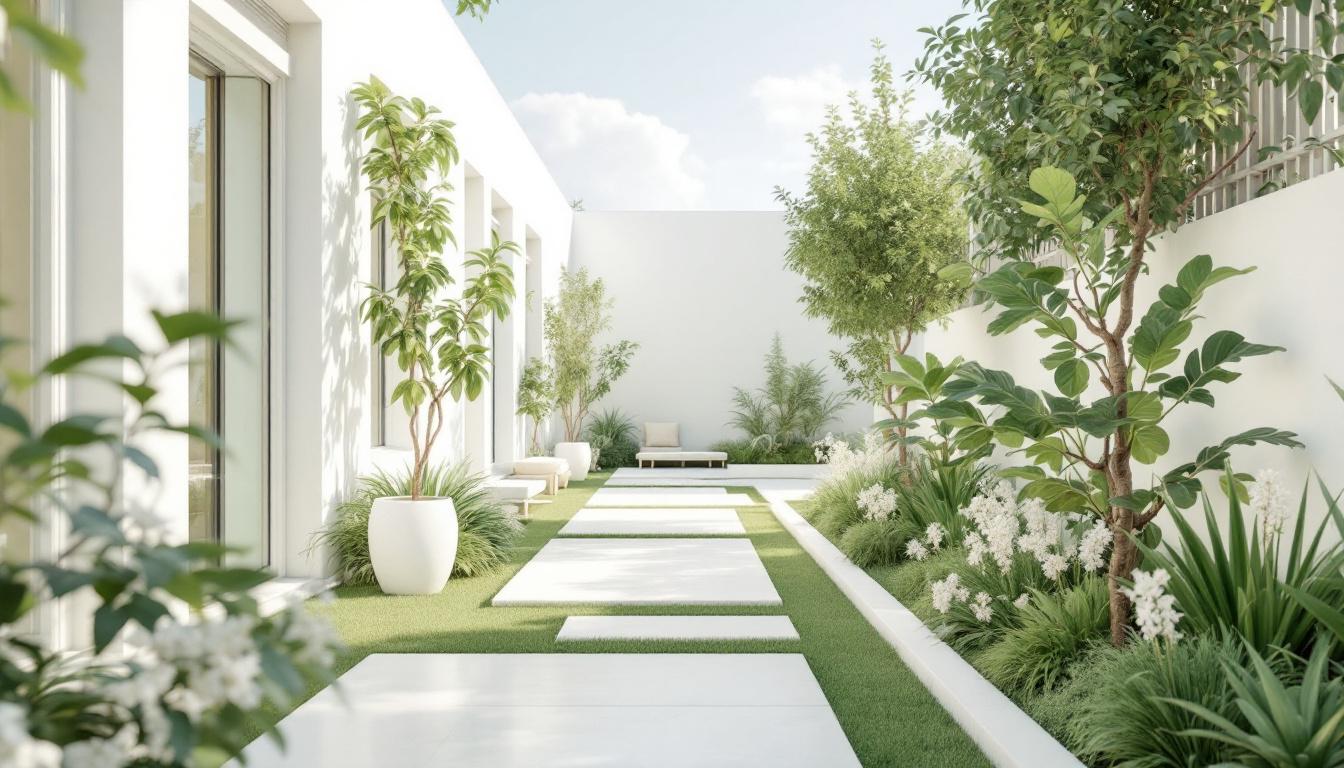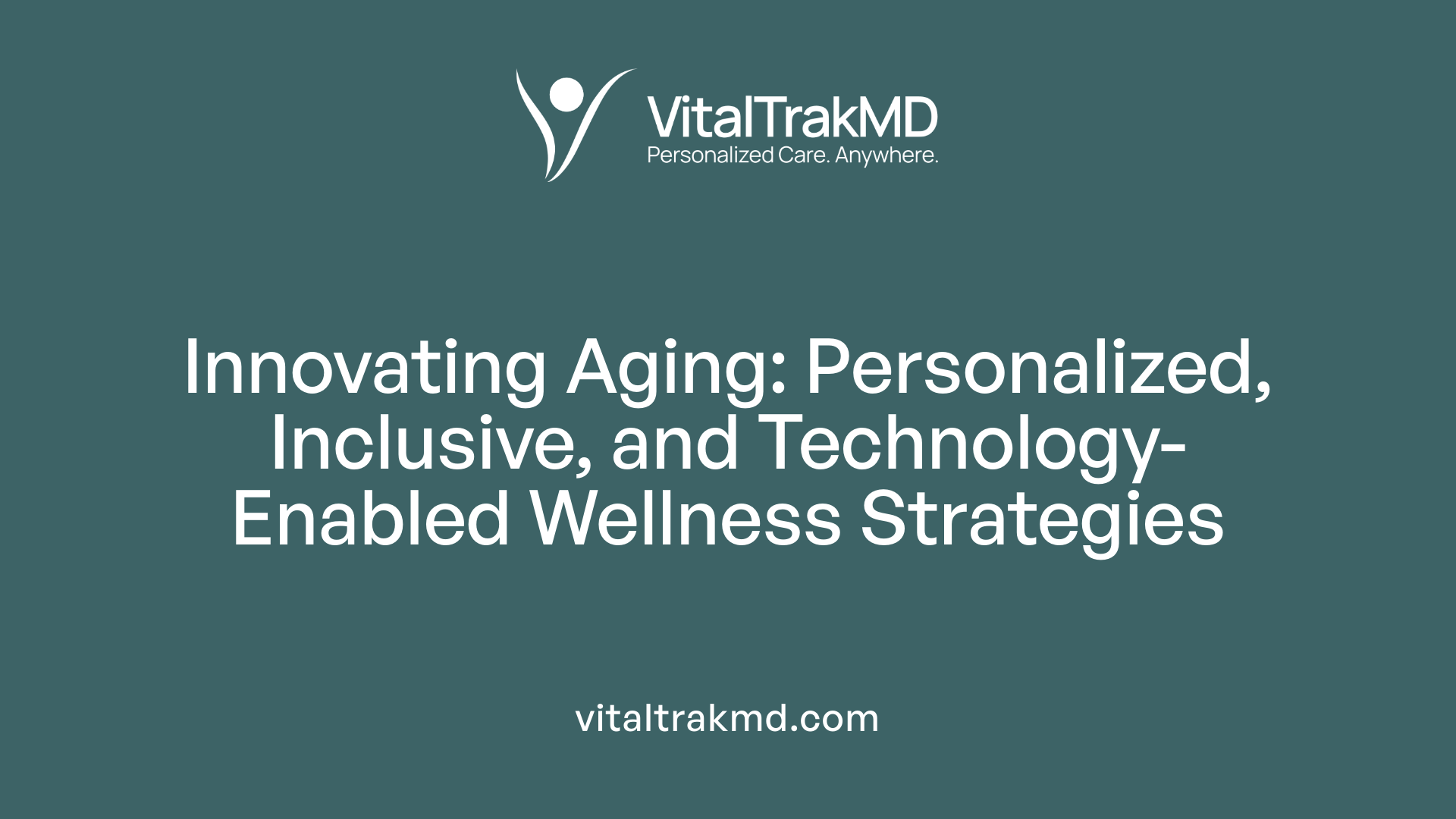Trends in Geriatric Wellness Program Development

A comprehensive exploration of emerging trends in elderly wellness programs
The landscape of geriatric wellness is undergoing a transformative phase, driven by technological innovations, holistic health philosophies, and personalized approaches. This article delves into the current and future trends that are shaping how we support aging populations in achieving their highest quality of life. From creative aging initiatives to integrated technology, the evolution of programs reflects a broader shift towards proactive, inclusive, and sustainable models of senior health and wellness.
The Rise of Creative Aging and Cultural Engagement

What are the current and emerging trends in geriatric wellness program development?
Geriatric wellness programs are increasingly embracing a holistic approach, integrating physical, mental, social, and emotional health strategies. There's a growing emphasis on personalization, with tailored exercise routines, dietary plans, and activities that cater to individual needs and preferences.
Technology plays a vital role in this evolution. Wearable devices monitor vital signs and activity levels, while predictive analytics help identify early health issues. Smart home systems enhance safety and enable seniors to live independently longer.
Creative aging initiatives have gained prominence for their positive effects on cognitive vitality and emotional resilience. Arts and cultural activities like painting, music, dance, and theater not only foster self-expression but also strengthen social bonds. These programs challenge stereotypes about aging, celebrating lifelong learning and cultural contributions.
Emerging strategies focus on innovative community and at-home care models. Telehealth services, remote health monitoring, and integrated healthcare systems support aging in place by facilitating early intervention and empowering older adults to manage their health proactively.
Intergenerational programs are also expanding, using AI platforms like Eldera to connect seniors with youth for mentorship, knowledge sharing, and purpose-driven interactions. Additionally, specialized therapies such as equine-assisted wellness programs provide physical and emotional benefits in unique settings.
Overall, future geriatric wellness emphasizes inclusive, personalized, and technology-enabled programs. These foster social engagement, enhance functional independence, and improve quality of life, reflecting a broader shift towards health, vitality, and societal participation for older adults.
Harnessing Technology for Independent and Connected Aging

What technological advances are impacting senior wellness initiatives?
Recent technological progress has significantly enhanced the scope and effectiveness of wellness programs for older adults. Wearable health devices such as fitness trackers and smartwatches monitor vital signs like heart rate, activity levels, and sleep quality, providing real-time data that helps seniors manage their health proactively.
Smart home systems equipped with sensors, automated lighting, voice-controlled devices, and security cameras promote safety and independence within seniors’ homes. These systems can alert caregivers about unusual activities or emergencies, reducing risks and enabling prompt responses.
Telehealth platforms have become mainstream, allowing seniors to consult healthcare providers remotely via video or app-based services. This convenience is especially valuable for those with mobility challenges or living in remote areas, ensuring continuous medical oversight without frequent in-person visits.
AI-powered virtual assistants like Amazon Alexa and Google Home are increasingly integrated into senior living environments. These assistants help with medication reminders, scheduling appointments, and providing companionship, uplifting mental health and fostering independence.
Predictive analytics, derived from data collected by wearables and home sensors, enables early detection of health risks such as falls, irregular heartbeats, or declining cognitive functions. Early intervention through such insights can prevent hospitalizations and deteriorations.
Assistive technologies—including robotic mobility aids, autonomous vehicles, and smart medication dispensers—support daily tasks and mobility, reducing caregiver burden and increasing safety.
Platforms like the Interactive Care Platform (I-Care) facilitate social connection and cognitive engagement through virtual activities, addressing issues of social isolation and mental decline.
Overall, these innovations are creating safer, more personalized, and more connected environments. They support aging in place, allowing seniors to enjoy greater independence and improved quality of life while maintaining health and safety.
Personalized and Holistic Wellness Practices for Older Adults

How can holistic health and wellness practices be tailored for older adults?
Holistic health approaches for seniors focus on creating personalized care routines that address physical, mental, emotional, and spiritual well-being. This customization begins with understanding each individual's unique health status, preferences, and limitations.
Physical activities like yoga, tai chi, and gentle stretching are adapted to accommodate mobility issues or joint sensitivities. These exercises improve flexibility, balance, and strength while minimizing injury risk.
Nutritional plans emphasize balanced diets rich in antioxidants, omega-3 fatty acids, and probiotic foods to bolster immunity and cognitive health. Incorporating mindfulness and relaxation techniques, such as meditation or deep breathing exercises, supports mental clarity and emotional stability.
Social engagement plays a vital role. Activities like pet therapy, group outings, volunteer work, and participation in clubs foster social bonds and help combat loneliness. Cognitive wellness can be maintained through brain-training games, educational classes, and engaging hobbies.
Integrative care combines conventional medicine with complementary therapies, including massage, aromatherapy, acupuncture, and chiropractic care. These modalities can alleviate pain, reduce stress, and improve overall comfort.
Educating seniors and their families is crucial. Providing information about holistic practices enables them to make informed health decisions, prioritize prevention, and implement sustainable self-care routines.
Professional guidance from holistic practitioners helps tailor care plans precisely, ensuring they fit individual health goals and lifestyles. This personalized, multifaceted approach promotes vitality, promotes independence, and enhances the quality of life for older adults.
Evolving Methodologies and Approaches in Geriatric Wellness

How are practices and methodologies in geriatric wellness evolving?
The landscape of senior wellness is rapidly transforming to adopt more personalized and comprehensive strategies. Modern approaches emphasize holistic health, integrating physical, mental, emotional, and social well-being.
A significant trend is the focus on early prevention and health education. Programs now prioritize proactive engagement through tailored routines that encourage healthy behaviors like regular exercise, balanced nutrition, and social interaction. Such initiatives aim to prevent the development of chronic illnesses, enhance functional independence, and improve overall quality of life.
Digital technologies are revolutionizing geriatric wellness, with an increasing use of virtual sessions, remote health monitoring, and AI-powered tools. Wearables, smart home devices, and telehealth platforms make healthcare more accessible and help aging adults manage their health proactively from home. Virtual fitness classes and educational webinars are also expanding participation, especially for those with mobility challenges.
Recognizing that older adults have diverse needs and preferences, programs are increasingly designed to accommodate differences based on age, gender, and health status. Many incorporate routine-based activities, social groupings, and personalized plans to boost engagement and adherence. This inclusive approach fosters a sense of independence and respects individual autonomy.
Overall, ongoing innovations in practices and methodologies aim to create age-friendly environments that support active aging, disease prevention, and greater well-being. The emphasis shifts from reactive treatments to empowering older adults to lead healthy, fulfilling lives through integrated, technology-enabled strategies.
Future Directions and Sustainable Innovations in Geriatric Wellness

What are the future directions and developments anticipated in geriatric wellness programming?
Looking ahead, senior wellness programs are set to become more technologically advanced, with tools such as AI, wearable devices, and smart home systems playing a central role. These innovations will support real-time health monitoring, enhance safety, and allow for personalized care plans tailored to each individual's needs.
Holistic and personalized approaches will also gain prominence. Programs will incorporate outdoor yoga, cognitive training workshops, creative arts like painting and music, and nature-based therapies such as biophilic design and equine therapy. These activities aim to nurture physical, mental, and emotional health, enriching seniors' quality of life.
Supporting aging in place will be a major focus. Home modifications, telehealth services, and community-connected initiatives will enable seniors, especially solo agers, to maintain independence while remaining socially engaged. Creating age-friendly, accessible environments will help reduce isolation and promote active, healthy aging.
In addition, sustainability will be integrated into senior living environments. Green building features, energy-efficient systems, and locally sourced, nutritious foods will be standard, reflecting a commitment to environmental responsibility and residents’ well-being.
Finally, fostering social bonds through intergenerational living and community-centered programs will be essential. These initiatives will encourage shared experiences, reduce loneliness, and strengthen community ties. Evolving policies and innovative funding models will support these approaches, ensuring they are sustainable and accessible.
Overall, these trends will create vibrant, resilient, and person-centered senior communities that prioritize health, independence, and planetary responsibility, paving the way for a future where aging is embraced with dignity and vitality.
The Path Forward in Senior Wellness
As geriatric wellness continues to evolve, the focus remains on creating adaptable, inclusive, and innovative programs that prioritize health, independence, and social connection. The integration of cutting-edge technology, personalized care, and community engagement will shape a future where older adults thrive in environments that support their physical, mental, and emotional well-being. Embracing sustainability and intergenerational cooperation will further enhance the sustainability and richness of senior wellness initiatives, providing a model for aging gracefully in the decades to come.
References
- Aging Well Initiative Trends for 2025 - Global Wellness Institute
- Top 15 Wellness Trends Every Senior Should Know in 2025
- 2025 Trends in Senior Living Shaping the Future of Communities
- Health and Wellness Trends for Seniors in 2024 | Lifestyle
- The Top Retirement Wellness Trends - Harrogate Senior Living
- Aging Adults' Preferences for Wellness Program Activities and ...
- The future of senior living: Embracing wellness for a thriving ...
- 2025 Trends for Seniors: Health, Technology, and Wellness
- 7 Expert-Backed Senior Wellness Programs for Healthy Aging
Recent articles
Want to Feel Better and Live Healthier?
Join hundreds of patients taking control of their health with personalized care that fits their life – not the other way around.
Rated 4.8/5 by 32+ customers







